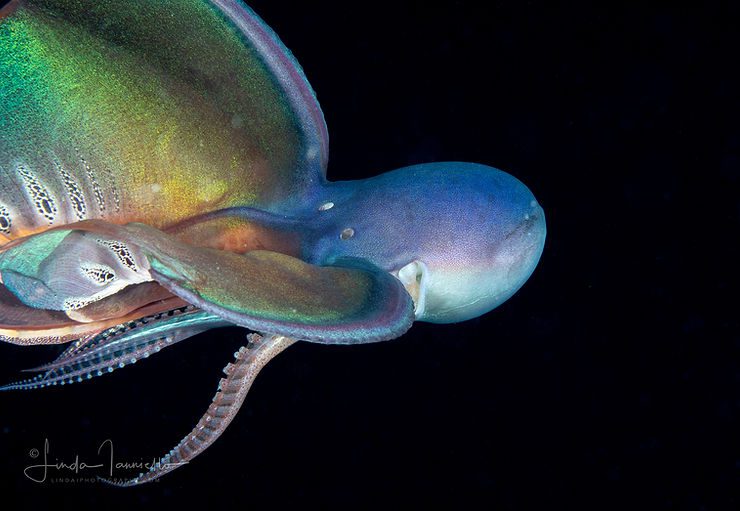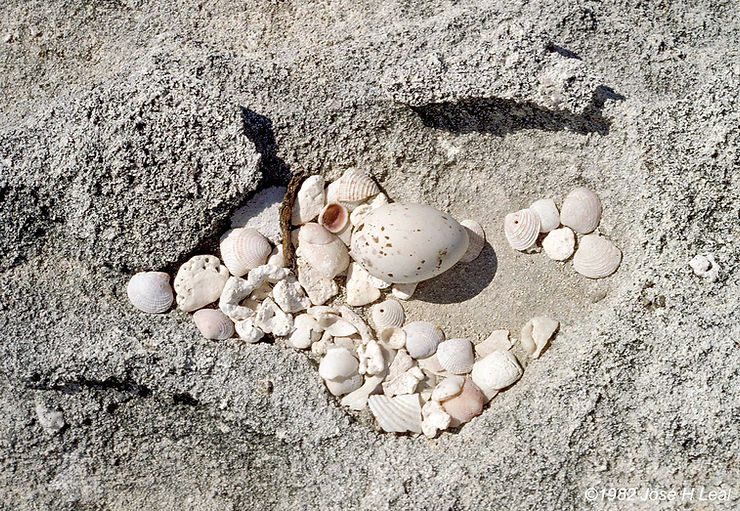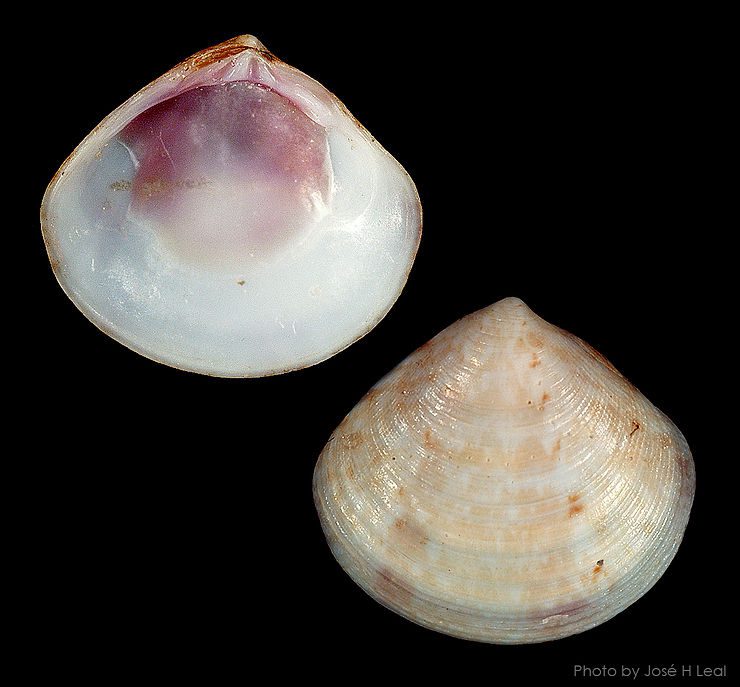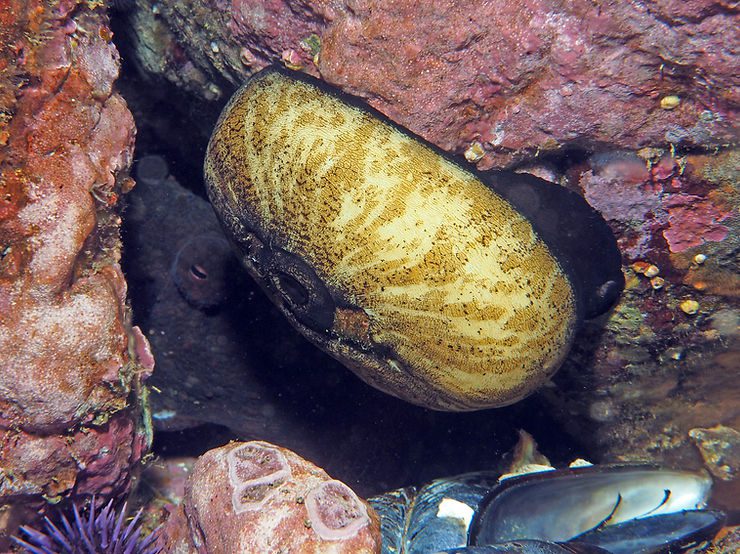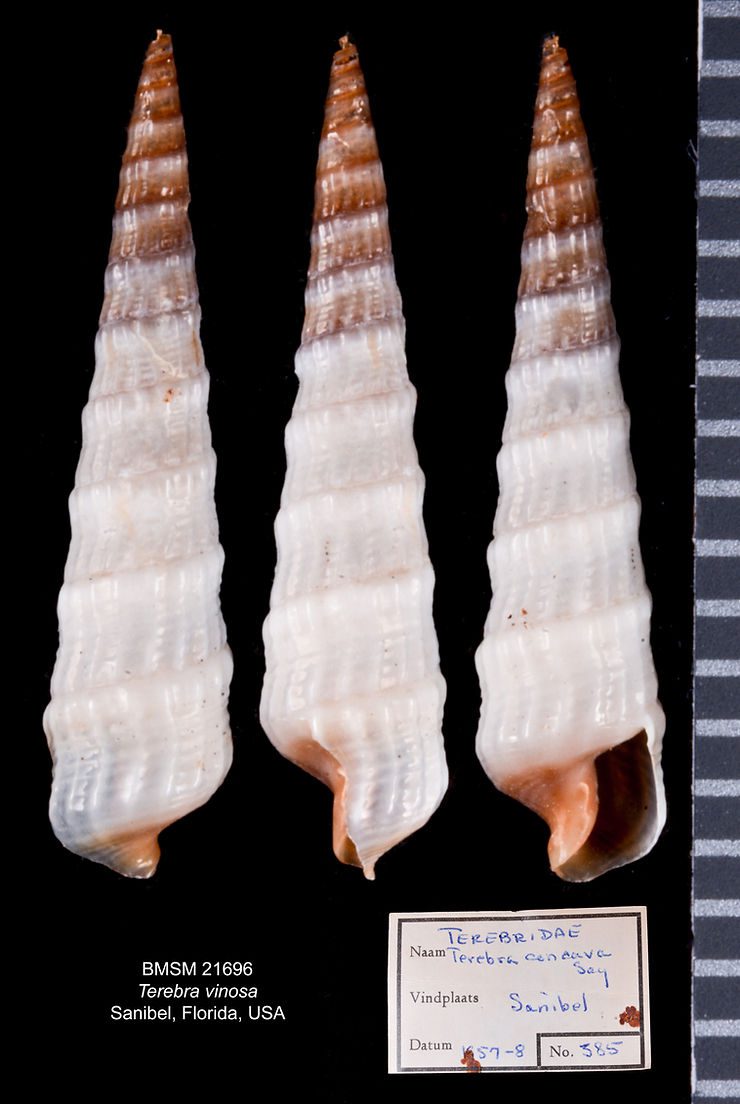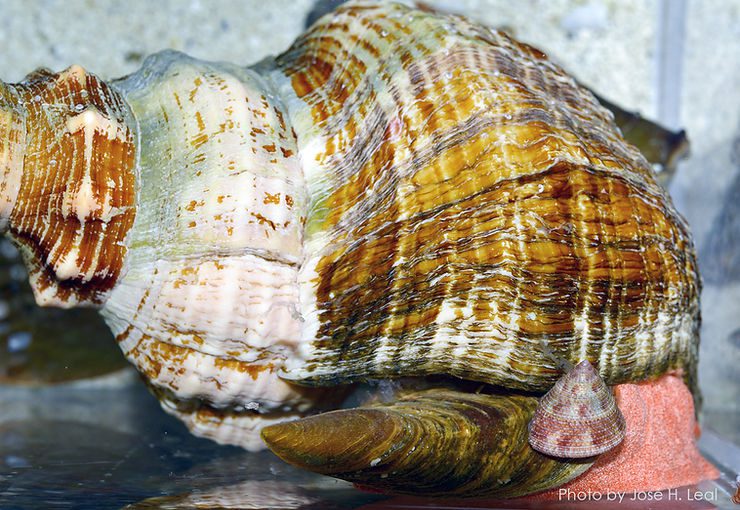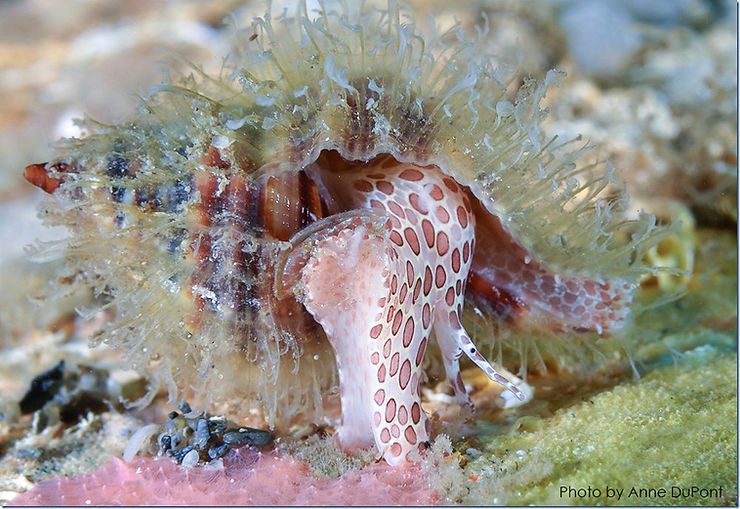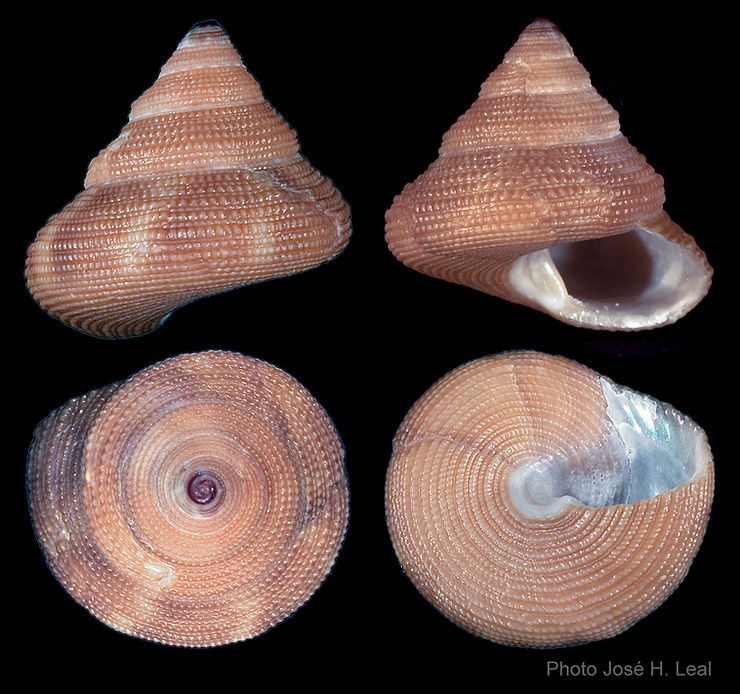
Conchologists of America 2019 Convention
The 2019 COA Convention is quickly approaching. The 2019 convention celebrates the 100 Anniversary of the Museum’s Founding Director and well-known malacologist and author Robert Tucker Abbott (photo). Tucker, who was instrumental in the creation of the Museum and for imparting a professional spin to the institution from the onset, passed away just a couple of weeks before our Grand Opening on November 18, 1995. Join us in June on Captiva for a week of great programs and field trips. Early bird
